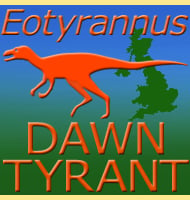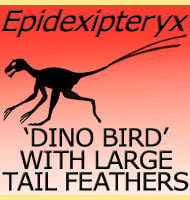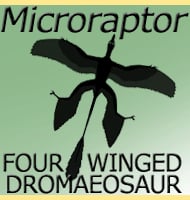Eotyrannus
In Depth This tyrannosaur is one of the earliest known and the fact that it hails from Western Europe means that the origins of the tyrannosaurs need to be carefully considered. Given that the largest and last of the group are known mostly from North America, and the smallest and earliest are known from Asia, … Read more


